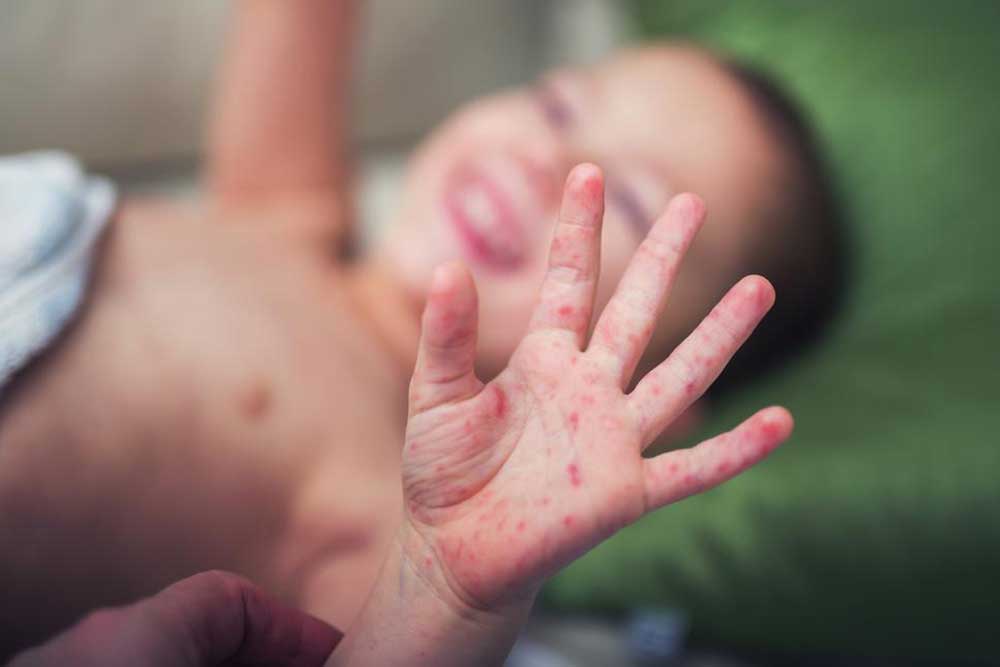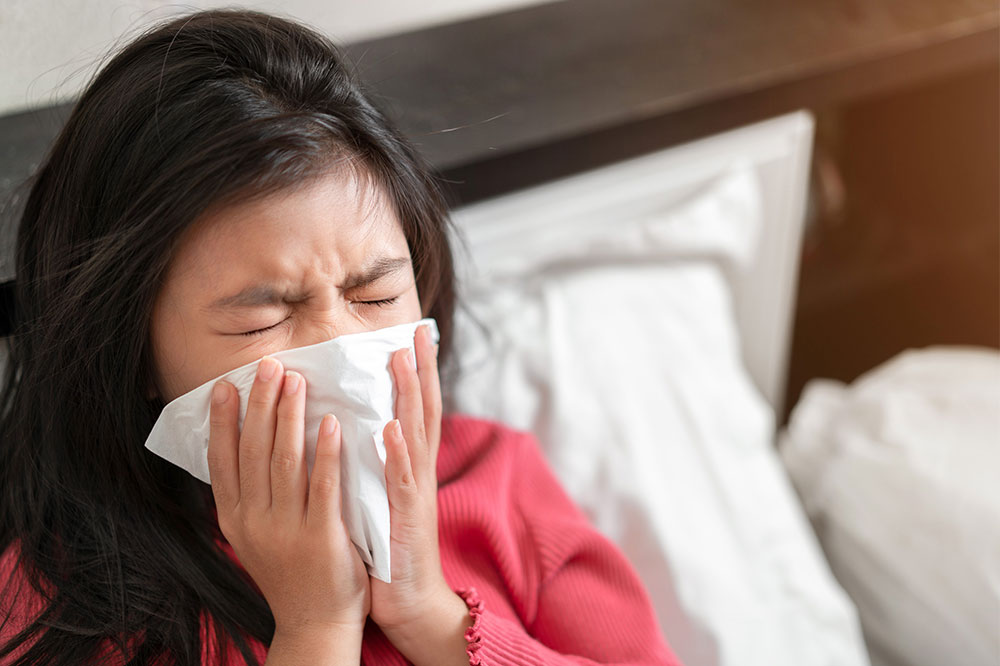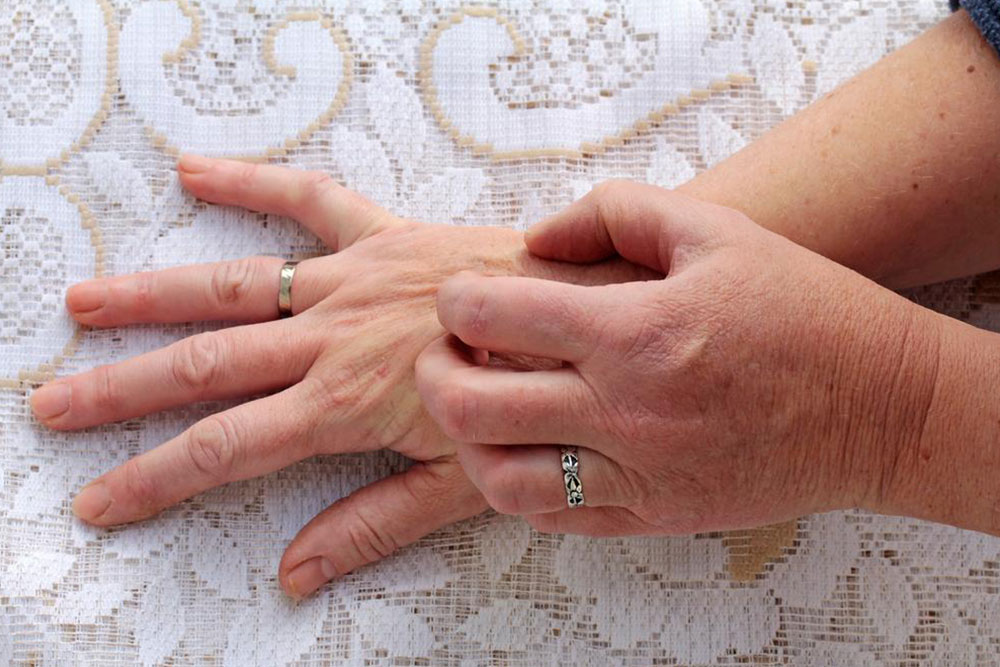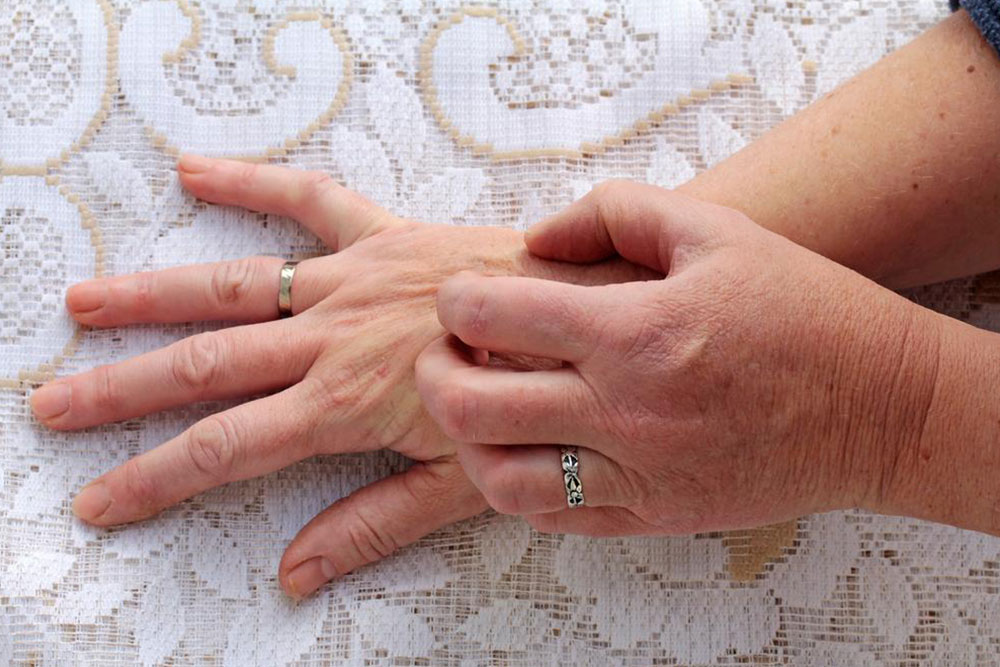Essential Preventive Strategies Against Hand, Foot, and Mouth Disease
Learn key strategies to prevent hand, foot, and mouth disease, a contagious viral infection prevalent among children. Discover symptoms, transmission methods, and preventive tips such as hygiene practices, surface disinfection, and avoiding close contact to stop the spread. This guide emphasizes the importance of staying home during illness and maintaining personal cleanliness, especially during summer and fall. Protect your children and community with these essential preventive measures against HFMD, ensuring quick recovery and limiting outbreaks.

Effective Prevention Measures for Hand, Foot, and Mouth Disease
Hand, foot, and mouth disease (HFMD) is a contagious viral infection that primarily affects young children, though it can also impact older children and adults. It manifests with symptoms such as fever, mouth ulcers, and skin rashes on the hands, feet, buttocks, and legs.
This illness is predominantly caused by the coxsackievirus and spreads through direct contact with an infected individual or contaminated surfaces. It is most common during summer and fall.
Initial symptoms include fever and sore throat, followed by painful mouth blisters and rashes on the palms, soles, elbows, and buttocks. Although HFMD usually resolves within 7-10 days, prevention is essential as no specific vaccine or treatment exists. Mild symptoms can be managed with over-the-counter remedies.
To prevent the spread of HFMD, consider these measures:
Keep infected children at home until fully recovered to avoid transmitting the virus through coughs, sneezes, or open sores.
Practice diligent hand hygiene by washing hands and feet thoroughly.
Regularly disinfect surfaces at homes and schools.
Avoid close contact such as hugging or sharing utensils with infected individuals.
Maintain good personal hygiene when traveling to regions where HFMD is common.
Avoid sharing eating utensils or drinking cups.
Disinfect clothing of infected persons before laundry.
Refrain from outdoor play during infection to prevent further spread.
Children with HFMD may experience decreased appetite and dehydration. Ensuring proper hydration and calorie intake is vital during illness.
Note: Our blog offers diverse and practical information across various topics. While the content is based on research, it is not conclusive. Readers should use it as a reference and consult healthcare professionals for medical advice. The website is not responsible for discrepancies or missing offers related to the content discussed.










